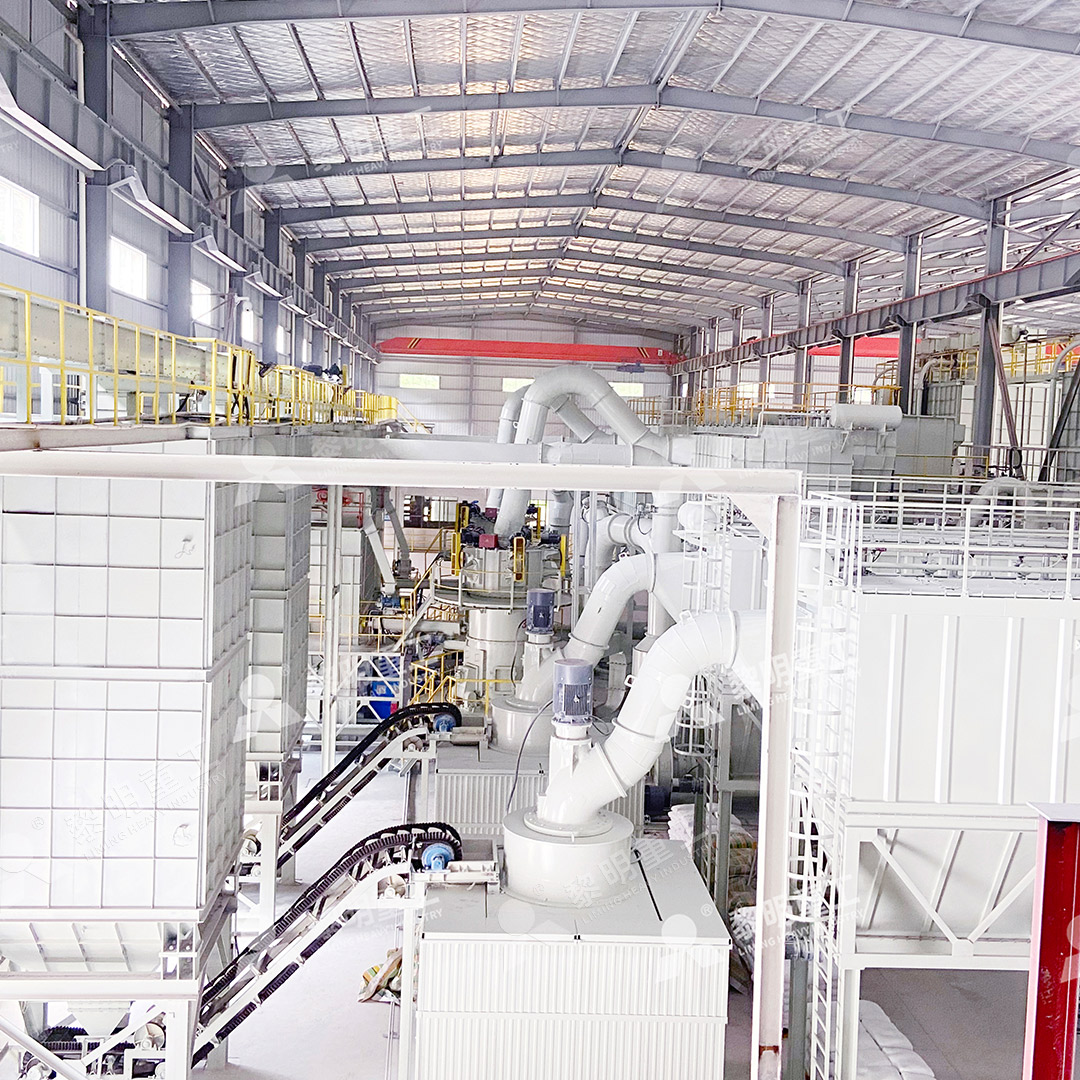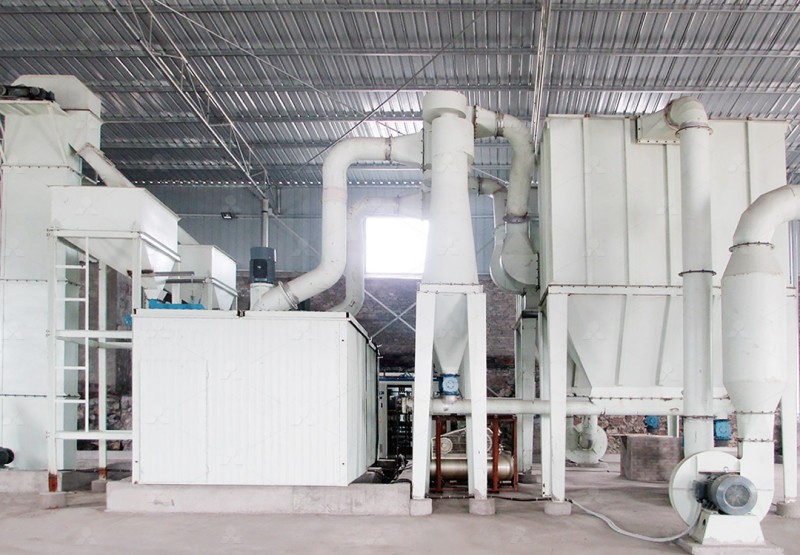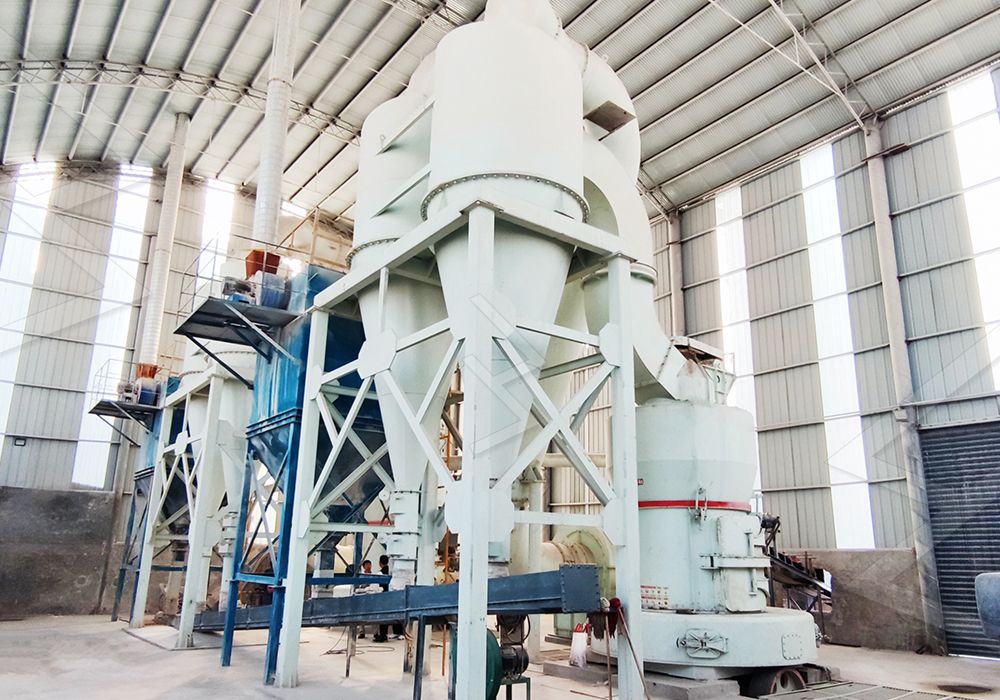How to Choose the Right Grinding Mill for Your Rock Processing Needs
How to Choose the Right Grinding Mill for Your Rock Processing Needs
Selecting the optimal grinding mill is a critical decision that directly impacts your operation’s productivity, product quality, and bottom line. With numerous technologies available, understanding your specific requirements and matching them to the right mill type is essential for success in mineral processing, chemical production, or construction materials manufacturing.
The journey begins with a thorough analysis of your raw materials. Consider the hardness, moisture content, abrasiveness, and feed size of your rocks or minerals. Equally important is defining your target product specifications – the required fineness, production capacity, and particle size distribution. Environmental factors such as noise restrictions, dust control requirements, and available space will further narrow your options.

Understanding Mill Technologies
Traditional ball mills have served industries for decades, offering reliable performance for coarse to medium grinding applications. However, modern operations increasingly demand higher efficiency and finer products, driving the adoption of advanced vertical mills and specialized ultrafine grinding technologies.
Vertical roller mills have revolutionized grinding operations by integrating multiple processes – crushing, drying, grinding, and classification – into a single compact unit. These systems typically offer 30-50% energy savings compared to traditional ball mills while requiring significantly less floor space. The LM Vertical Grinding Mill series exemplifies this approach, handling feed sizes up to 70mm with capacities reaching 340 tph.
Specialized Solutions for Fine and Ultrafine Applications
When your application demands exceptional fineness between 325-2500 meshes, specialized ultrafine grinding mills become necessary. For operations requiring precise control over particle size distribution with minimal energy consumption, the MW Ultrafine Grinding Mill represents a technological leap forward.
This advanced system processes materials from 0-20mm at capacities ranging from 0.5 to 25 tph, making it ideal for premium powder production in chemicals, paints, cosmetics, and high-value mineral applications. The mill’s innovative design eliminates rolling bearings and screws from the grinding chamber, addressing common failure points that plague conventional designs. The external lubrication system enables continuous 24-hour operation without shutdowns for maintenance.

Environmental and Operational Considerations
Modern grinding operations must balance performance with environmental responsibility. The integration of efficient pulse dust collectors and advanced noise reduction technologies has become standard in premium grinding systems. The MW Ultrafine Grinding Mill incorporates both, ensuring compliance with stringent environmental standards while maintaining optimal working conditions.
Operational efficiency extends beyond energy consumption to include maintenance requirements and spare parts availability. Look for manufacturers that provide comprehensive technical support and guarantee original spare parts availability. Our commitment at LIMING includes full responsibility for every machine we produce, backed by extensive technical services and genuine parts supply.
Making the Final Decision
Before finalizing your mill selection, consider conducting material tests with your specific feedstock. Reputable manufacturers often offer testing services to verify performance claims and optimize system configuration for your application. Additionally, evaluate the total cost of ownership rather than just the initial investment – factors like energy consumption, maintenance frequency, and wear part longevity significantly impact long-term profitability.

Frequently Asked Questions
What is the main advantage of the MW Ultrafine Grinding Mill over traditional ball mills?
The MW Ultrafine Grinding Mill produces 40% higher capacity than jet mills and stirred mills at the same fineness and power, while consuming only 30% of the energy of jet mills. Its unique design without rolling bearings in the grinding chamber eliminates common failure points.
Can the MW Ultrafine Grinding Mill handle moist materials?
While the MW series is primarily designed for dry grinding, our LM Vertical Mills integrate drying capabilities for materials with higher moisture content. The optimal solution depends on your specific material characteristics and moisture levels.
What maintenance is required for ultrafine grinding mills?
The MW Ultrafine Grinding Mill requires minimal maintenance thanks to its innovative design. The external lubrication system allows for maintenance without shutdown, and the absence of internal bearings and screws reduces potential failure points. Regular inspections and genuine spare parts ensure optimal performance.
How do I determine the right mill size for my production needs?
Consider your current throughput requirements and future expansion plans. The MW series offers capacities from 0.5 to 25 tph, while our LM Vertical Mills handle 3-340 tph. We recommend consulting with our technical team to match your specific production goals with the optimal mill configuration.
